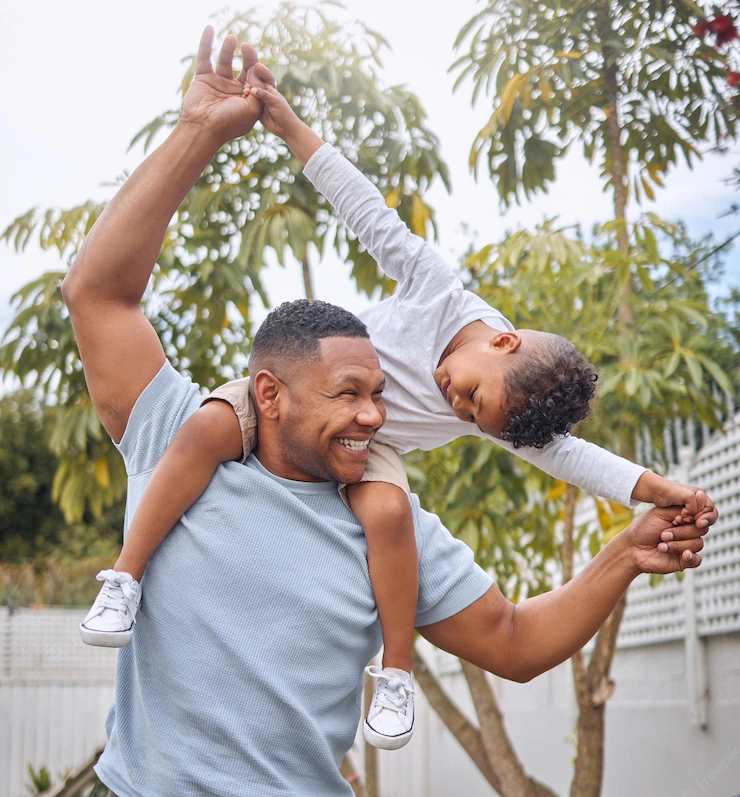Introduction
In an increasingly fast-paced and interconnected world, it is essential to prioritize personal safety and security, especially in public spaces. Being aware of one’s surroundings and practicing situational awareness can significantly reduce the risks associated with potential dangers. In this article, we will explore the importance of promoting safety in public spaces by fostering awareness of surroundings and situational awareness. By equipping individuals with the knowledge and skills to assess and respond to their environment, we can create safer communities for everyone.
Understanding Awareness of Surroundings
Awareness of surroundings refers to being cognizant of the people, objects, and activities in one’s immediate vicinity. It involves paying attention to the physical environment, recognizing potential hazards or threats, and understanding how to respond appropriately. Whether walking down a busy street, waiting at a bus stop, or visiting a park, being aware of one’s surroundings is the first line of defense in maintaining personal safety.
Importance of Situational Awareness
Situational awareness takes awareness of surroundings a step further by incorporating a deeper understanding of the broader context and potential risks. It involves continuously assessing the environment, anticipating possible threats or hazards, and making informed decisions accordingly. Situational awareness empowers individuals to identify warning signs, evaluate potential dangers, and take proactive measures to mitigate risks.
Promoting Safety through Awareness and Situational Awareness
- Mindfulness and Observation: Encourage individuals to adopt a mindful approach to their surroundings. By minimizing distractions such as smartphones and headphones, they can focus on observing people, vehicles, and other elements in the environment. Paying attention to details like exits, emergency equipment, and potential escape routes can help in emergency situations.
- Trusting Intuition: Teach individuals to trust their instincts and intuition. If something feels off or uncomfortable, it is important to listen to those feelings and take appropriate action. Encourage individuals to remove themselves from potentially dangerous situations or seek help if needed.
- Assessing Potential Risks: Foster a sense of critical thinking and risk assessment in individuals. Encourage them to identify potential hazards or threats in their surroundings, such as poorly lit areas, suspicious behavior, or unattended belongings. This heightened awareness can help individuals make informed decisions about their personal safety.
- Effective Communication: Encourage individuals to communicate with others when they feel unsafe or notice potential dangers. This can involve reporting suspicious activities to relevant authorities, informing trusted individuals of their whereabouts, or seeking help from security personnel or law enforcement when needed.
- Self-Defense and Personal Safety Training: Promote self-defense and personal safety training programs that empower individuals with practical skills to protect themselves if faced with a dangerous situation. These programs often include techniques for assertiveness, de-escalation, and physical self-defense, enhancing individuals’ confidence and ability to respond effectively.
- Collaboration with Authorities: Encourage collaboration between communities and local law enforcement agencies to establish safety initiatives, such as neighborhood watch programs or public safety campaigns. These partnerships create a network of support and resources, ensuring that public spaces remain safe for everyone.
Conclusion
Promoting safety in public spaces begins with fostering awareness of surroundings and developing situational awareness. By encouraging individuals to be mindful, observe their environment, and assess potential risks, we empower them to make informed decisions and take proactive measures to protect themselves and others. Increasing awareness of personal safety through education, training, and collaborative efforts can create safer communities where individuals can navigate public spaces with confidence. Remember, maintaining safety is a shared responsibility, and by working together, we can cultivate a culture of vigilance and prioritize the well-being of all.










